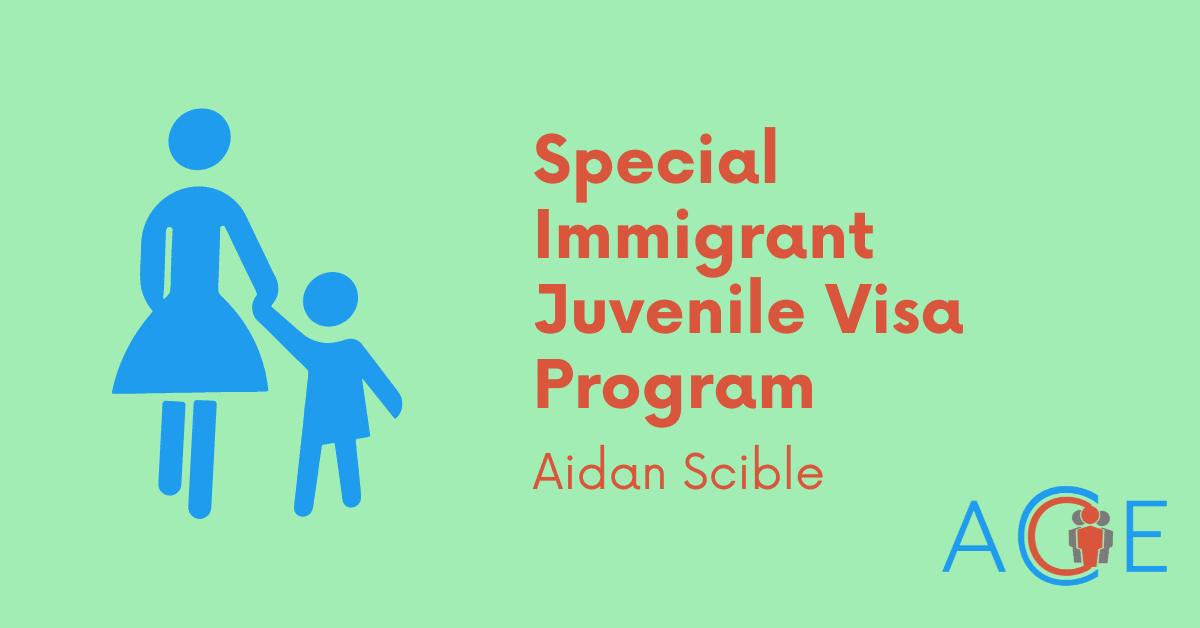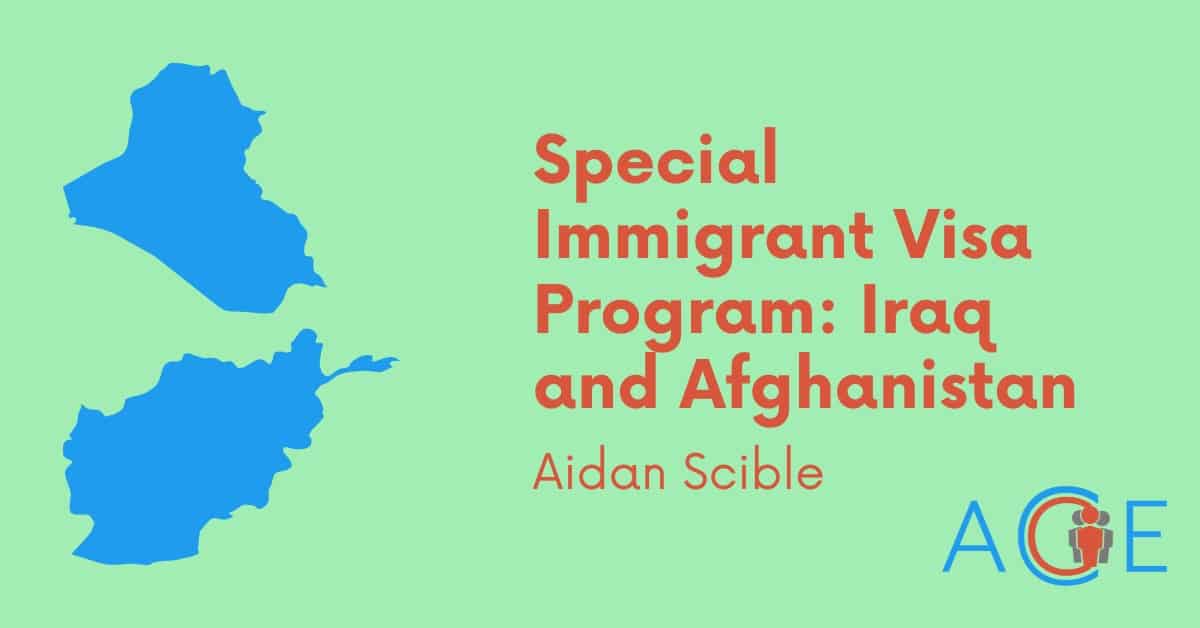What is Special Immigrant Juvenile Visa Status?
Special Immigrant Juvenile Status (SIJS) is a program created by the Immigration Act of 1990, in order to address a growing issue of vulnerable immigrant children that lacked appropriate parental caretakers in the United States. Social service systems and juvenile courts could remove the children from harmful caregivers, enter them in the foster care system, and facilitate adoption. However, upon turning eighteen, these children would run the risk of being deported, and there was no clear way for these children to attain legal status.
A Special Immigrant Juvenile (SIJ) as defined by the Immigration Act is an immigrant that has been declared dependent on a state court and eligible for foster-care, and for whom it has been found in “administrative or judicial proceedings” that it is not in the child’s best interests to return to their home country. A clause was included which states that the parent of a child granted SIJS cannot qualify in order to prevent children being sent to the United States to petition for an abusive parent’s legal status.
The 2008 Trafficking Victims Protection Reauthorization Act (TVPRA) of 2008 expanded eligibility for SIJS, from those declared dependent on the state to also include those committed to the custody of an individual or entity appointed by a state or juvenile court. This allows juveniles that are granted a legal guardian to also apply for SIJS, not just those destined to enter the foster care system.
Who currently qualifies for SIJS?
In 2022, to qualify for Special Immigrant Juvenile Status (SIJS), an immigrant must be:
- A child that cannot be reunited with one or more parents due to abandonment, abuse, or neglect.
- Under 21 years old,
- Unmarried, and
- Declared a dependent by a juvenile court.
What makes SIJS different from other visa programs?
SIJS is unique among immigration programs in that, in addition to involving the federal immigration court system, it also involves state juvenile court, which is defined by the USCIS as “a court in the United States that has jurisdiction under state law to make judicial determinations about the dependency and/or custody and care of juveniles.” This court can fall under a number of names, varying by state, but the involvement of this court is necessary to filing a valid SIJS application.
How does one apply for Special Immigrant Juvenile Status?
To file an application for SIJS, the applicant must provide the following to the United States Citizenship and Immigration Service (USCIS):
- A completed form I-360, Petition for Amerasian, Widow(er), or Special Immigrant
- Evidence of the applicant’s age to prove they are a minor, which in immigration court is anyone under 21 years old. Possible documents include a birth certificate, passport, or ID issued by a foreign government.
- A valid order from a juvenile state court
In order to receive the court order, there are a few different processes the applicant may have to go through. Generally, the guardian of the applicant files a case in whichever state juvenile court has jurisdiction, which varies by state and locality. This step generally requires a lawyer, who may be appointed by the state depending on the specifics of the case.
The juvenile court must make specific findings for the juvenile to qualify under USCIS qualifications. The most important finding is that reunification with one or more parents is impossible due to abandonment, abuse, neglect, or similar reasons found in state law. Notably, the determination is made based on state law, not federal law, meaning that each state can have different criteria for what qualifies as abandonment, abuse, and neglect. The rules vary by state, with some states requiring that the court order be procured before the juvenile turns 18 or 19, while others allow up to 21 years old like the USCIS. Some states have made different decisions, stating that both parents of a juvenile must be responsible for the abuse, abandonment, or neglect, despite the 2008 TVPRA changing the requirement to one parent.
What are the benefits of SIJS status?
SIJS waives some criteria required by other programs that would render applicants inadmissible. This includes unlawful entry, which is entering the United States in violation of immigration laws, usually by crossing the border in a remote area without inspection, entering with false documents like a fake passport, or entering the United States with a visa the applicant is ineligible for but provided false information in order to receive. SIJS also waives working without authorization, being a public charge, and some other immigration violations.
Given that those applying for SIJS are usually in removal proceedings, SIJS’s protection from deportation is one of the biggest benefits of the program. The biggest long-term benefit, however, may be that those that are granted SIJS status can apply for permanent residency, commonly known as a “green card.” The green card process can be long, especially for SIJS applicants, as they have to wait for their turn at a limited number of visas, but this status is an important foot in the door to eventually acquiring legal residency.
With current Biden administration policies, an individual granted SIJS but not yet eligible for a green card can still receive deferred action, which means that prosecutors will not seek removal for a certain period of time, as well as work permits, allowing SIJS holders to work legally in the United States. These are two major benefits as they enable an immigrant to earn money and stay in the United States without violating immigration laws.
What are the criticisms of SIJS status?
The current implementation of the SIJS program provides relatively broad privileges, including deferred action and work authorization, as well as certain provisions in the application process, which may result in negative unintended consequences. One of these consequences is that the USCIS is likely to receive many applications with illegitimate or exaggerated information, in order to pursue an easier path to work authorization and deferred action. The quick pathway to a work permit could also lead to exploitation of the juveniles applying, as unaccompanied minors that receive SIJS could work to pay back those that may have smuggled them into the US.
Another criticism of SIJS as it stands is the variation that exists because of the involvement of state courts. The ABA criticized the variation among state courts, stating that the “disparate result amounts to impermissible immigration adjudication by state courts.” With the relatively open-ended findings the state courts must make, there is room for a lot of variation in judgements, making some immigrants unable to receive the same access to SIJS as immigrants in another state.



